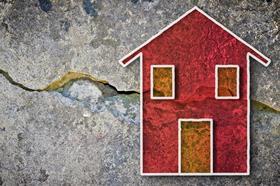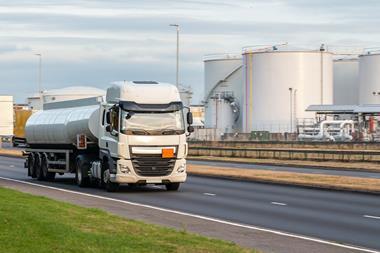Insurers are expected to pay £219m in subsidence claims for 2022 caused by last summer’s ’record breaking high temperatures’, says association
Subsidence claims payouts surged during 2022 due to the summer heatwave, according to new figures released today (21 March 2023) by the ABI.

Last summer’s heatwave – which peaked in the UK with a temperature of 40.3 degrees on 19 July 2022 – led to 23,000 subsidence claims.
This resulted in the equivalent of one new subsidence claim made every 15 minutes in the second half of the year. The majority of the 23,000 claims – 18,000 of them – were made in the second half of the year.
The final total claims bill has not been fully settled due to the ongoing monitoring of some homes to assess the extent of any subsidence damage, said the ABI.
However, ABI members are expected to payout £219m in subsidence claims – the highest annual subsidence payout since 2006.
The average subsidence claim incurred in 2022 was £9,600.
Laura Hughes, ABI general insurance manager, commented: “Insurers understand that suffering subsidence is worrying and stressful.
“They have and will continue to support their customers during any monitoring period to ascertain the extent of the damage and what repairs or work will be needed for a long-term solution.”
Extreme weather
Specialist insurer Ecclesiastical told Insurance Times that 2022’s extreme weather conditions resulted in it seeing an increase in subsidence claims – up 54% on the previous year.
Read: Flood Re completes East Peckham pilot to score properties’ flood resilience
Read: Insurers’ capital outlook darkened by increasing climate risk – GlobalData
Explore more sustainability-related content here or discover other news stories here
It added that this was the highest number of claims since 2018.
Jeremy Trott, claims director at Ecclesiastical, said: “One of the main causes of subsidence is clay shrinkage and we saw a high number of claims in areas where there is a prevalence of shrinkable clay.
“We expect the volume of subsidence claims to rise over time due to climate change and increasingly warmer weather conditions and we’re ready to support our customers.”
Rebecca Rogers, head of property claims at Allianz Commercial, added: “Allianz also saw a marked increase in subsidence claims following last summer’s heatwave.
“It is not exactly a surprise, since parched clay soils are the top contributing factor. That shouldn’t distract from the second main cause of subsidence – drain or sewer leaks which wash out granular soils.”
Hosted by comedian and actor Tom Allen, 34 Gold, 23 Silver and 22 Bronze awards were handed out across an amazing 34 categories recognising brilliance and innovation right across the breadth of UK general insurance.



















































No comments yet